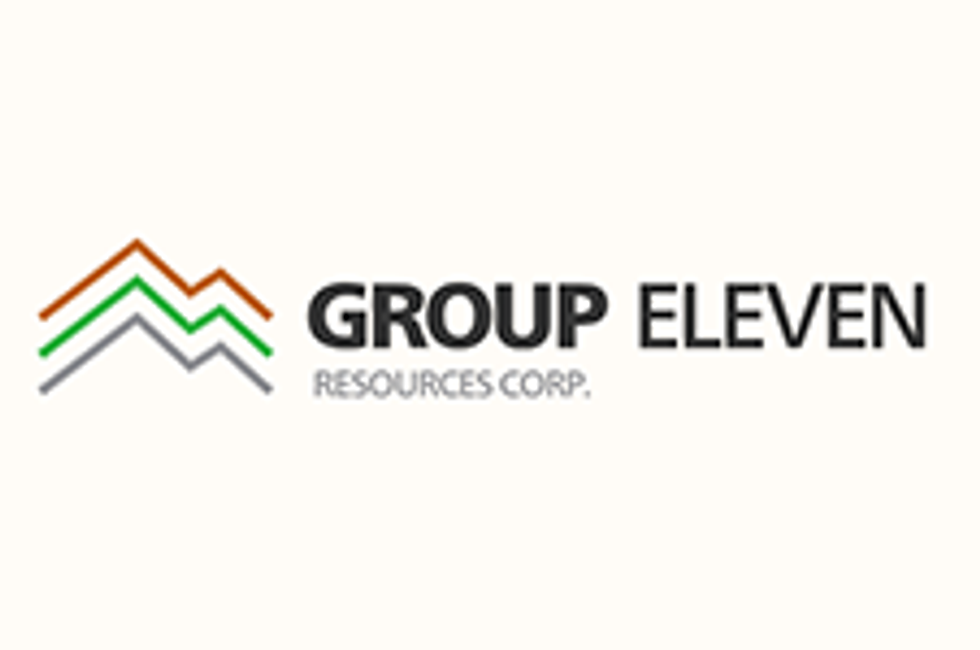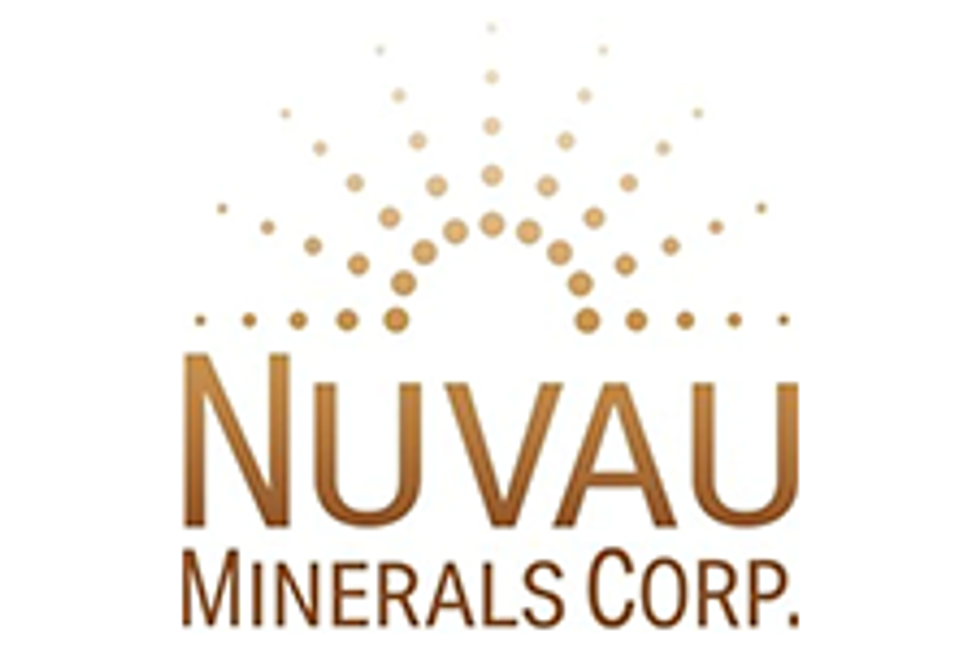While it may appear as though zinc markets may be on the edge of a turn around, such projections may be premature.
By James Wellstead – Exclusive to Zinc Investing News
Despite slowing purchasing coming from a weakening U.S. and recovering Japanese economy, world zinc demand increased by 3.6 percent in the first four months of 2011. The International Lead and Zinc Study Group (ILZSG) released its monthly statistical bulletin noting that in April of 2011, zinc mine and metal production levels hit 1,594,000 tonnes and 1,071,600 tonnes respectively while metal usage stood at 1,020,900 tonnes during the same month.
However, between January and April of 2011, world refined zinc stock levels increased by 210,000 tonnes pushing the market into a surplus of 178,000 tonnes. Despite the rising inventories, analysts believe the long-term trend is for refined zinc shortage. With current stockpiles materializing from increasing mine and metal production, coupled with short-term fall in demand from the U.S. and demand and refining production in the tsunami-impacted Japanese economy, world demand continues to grow with projected closure of large-scale refineries.
While it may appear as though zinc markets may be on the edge of a turn around, such projections may be premature. The recent reports of a fourth day of increases in the U.S. and a nine month high in Malaysia for ‘cancelled warrants’ (the order to remove stock from a warehouse) in zinc warehouse holdings appear to be driven by different dynamics.
A recent article by Reuters noted that much of the recent action removing zinc from warehouses is the result of traders and consumers of a variety of metals attempting to break the hold of Goldman Sach’s Metro warehouse in the stockpiling of key industrial metals. The controversy revolves around the practice of Goldman’s Detroit, MI locations which allegedly pays incentives to house refined metals, a practice long pursued within the industry. As warehouses receive rents for storing materials, it is in their interest to attract traders and producers to use their sites over others. However, critics charge that these activities (of Metro in particular, and the industry as a whole) have been distorting market signals.
The result has been a number of companies moving their supplies to other warehouses or taking control of their own warehousing in an attempt to dilute the strength of big warehouses in directing larger metal prices.
This has led to an increased number of cancelled warrants as companies attempt to reposition their stockpiles. The risk from this to investors is that, as stated in the Reuters article, the perception of the draw-downs will lead people to “infer an economic revival because they are seen as a key indicator of demand.”
When Will We See Stockpiles Fall?
The ILZSG report stated that while U.S. and Japanese refined zinc demand fell by 5.4 percent and 7 percent respectively, strong growth demand came from both Europe and China which rose by 6.8 percent and 7.3 percent respectively. Yet, the strength of global markets has not been inspiring a sharp turnout in the near-term.
Japanese zinc demand and output are still low after the impact of the earthquake and tsunami as refined zinc production is projected to fall 9 percent to 542,000 tonnes—the lowest since 1967—with consumption pegged at 516,000 tonnes for 2011, corrected from 526,000 after the disaster. Japan was Asia’s third biggest consumer of zinc in 2010, after China and South Korea.
Chinese demand is also worrying as the Steel Guru cited a Reuters article which assessed data from the China Association of Automobile Manufacturers showing car sales in May slipping and seeing the first year on year fall in more than two years. These numbers are taken to be an index for slowing Chinese growth which makes up the majority of world refined zinc, consuming 4.125 million tonnes in 2009.
As a result of current world dynamics, Michael Widmer head of metals research at Bank of America Merrill Lynch in London, stated that “there is no acute shortage of refined zinc at the moment,” and “the base case remains for mine supply growth to fade out over the next couple of years, with deficits on the refined market possible from 2013.”
Widmer expects zinc will average $2,475 a ton in 2011 and $2,500 in 2012. Three-month zinc averaged $2,346 a ton this year on the London Metal Exchange, but prices are currently capped by rising concerns over weakening global outlook and a stronger U.S. dollar with a intraday low of $2,157/mt on Tuesday.


